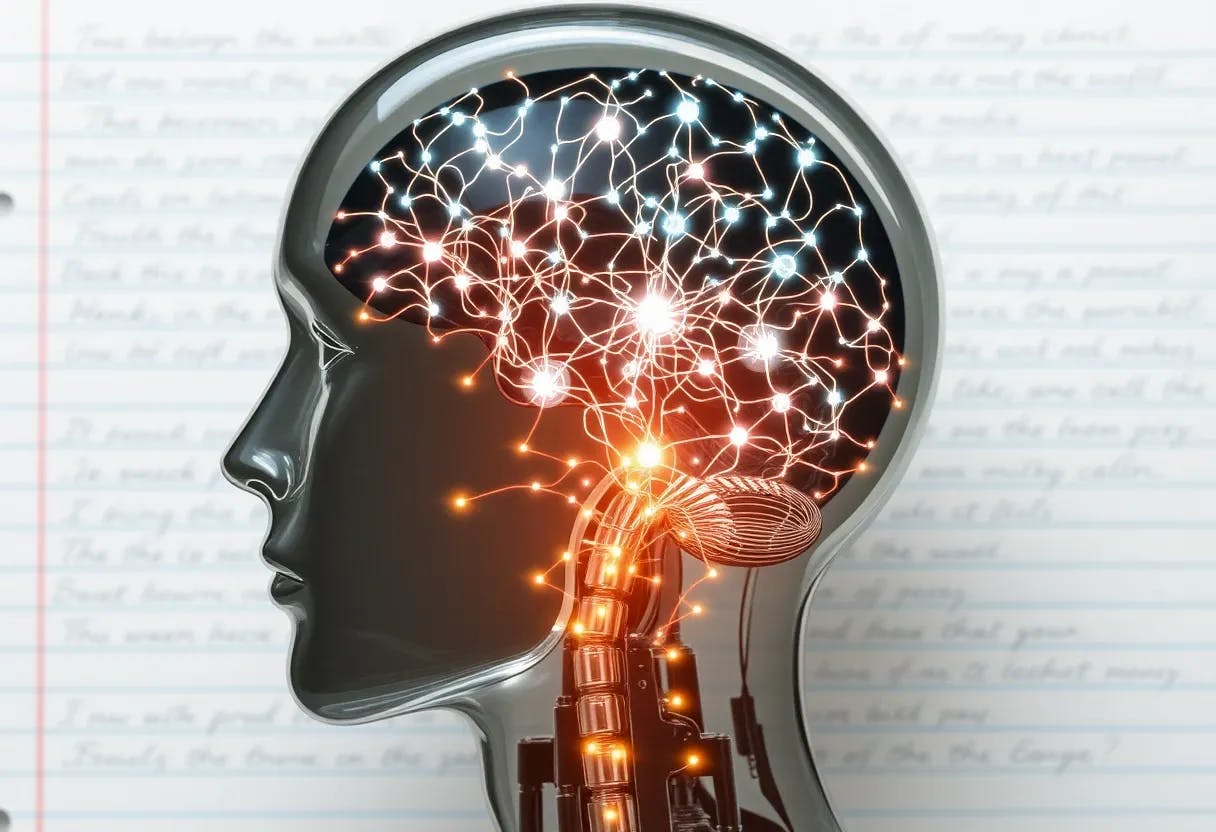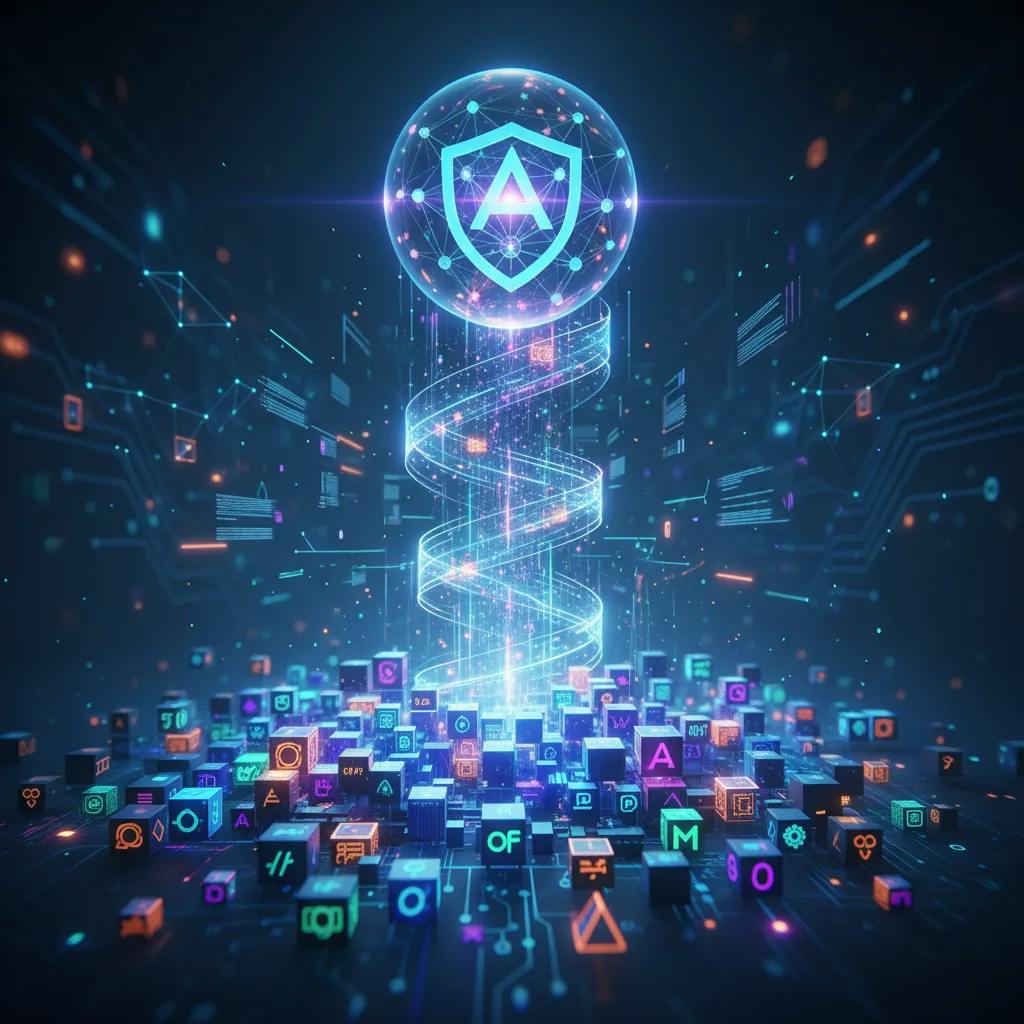Table of Links
Abstract and 1. Introduction
- Background and History
- Roadmap to a Conscious Artifact
- Hidden Gems
- Final Thoughts, Acknowledgments, and References
4 Hidden Gems
Anyone who had the experience of interacting with Gerald Edelman will tell you that conversations were generously sprinkled with anecdotes and a seemingly infinite supply of jokes. He was a consummate storyteller. Given any context, he would suddenly and unexpectedly tell a joke that not only made a point with great clarity, but was also delivered like a seasoned standup comedian. This meeting was no different in content or character.
During such meetings, I would make notes in the margins to remind me of the particular story or joke.
The first note is “7th position violin” and “Yasha Haifitz fiddles muscle”. Edelman was an accomplished violinist. It was said that he could have had a career as a concert violinist. The 7th position is the most advanced position of the hand; necessary for generating the highest notes on a violin. According to members of Edelman’s family, his mother wanted him to be a doctor. As the story goes, when he expressed the desire to become a concert violinist, his mother said, “I have two words for you: Jascha Heifetz”. Heifetz was one of the greatest violinists of all time. This quickly ended the conversation. Edelman realized he could never be on a par with Heifetz and decided to go into medicine instead. This, of course, led to an accomplished research career and a Nobel Prize in Physiology or Medicine for deciphering the protein structure of the antibody (i.e., gamma gobulin or IgG). I believe the discussion of seventh position during the meeting had to do with motor control sequences and converting those sequences into muscle memory. In any case, it nicely follows from: 5) Motor Control to 6) Generalization in Learning and Memory.
I can only guess what “global mapping” meant. It certainly fits with the idea of reentrant architecture and the dynamic core.
Lastly, “Mayef the Meshuggenah” is an element of one of Edelman’s classic jokes. Though the phrase certainly alludes to Albert Mayev, Edelman’s violin teacher, who was good friends with a number of the great violinists of the mid-20th Century, including Heifetz and Nathan Milstein. Sadly, I cannot remember the details. It is not something that you can Google to understand the precise context. Perhaps one of my colleagues can recall the details of this joke or story.
5 Final Thoughts
I strongly believe that the steps laid out on that day in 2006, comprise the correct roadmap toward creation of machine consciousness. With this in mind, I believe it is important to share these steps with others. I have tried to follow them in my own research. But it is important to temper expectations here; each of these steps is a career in itself. For example, I decided to focus on “3) Value Systems” when I transitioned from the NSI to UC Irvine in 2008 [14]. I am still researching this fascinating topic [15, 16]. Along the way, I have turned my attention to other steps on the list, but certainly have not addressed all the steps listed in Figure 1 and Table 1.
After I left the NSI, Edelman, along with Yanqing Chen, Jason Fleischer, Joe Gally, Jeff McKinstry, and others, began working in earnest on a Conscious Artifact project. Among other things, they made notable progress on sequence learning and mental imagery [17, 18].
Nevertheless, I think I can safely say that no one has put all these steps together within one system. I am hopeful that someone, either in my generation or the next, will one day be able to achieve this lofty goal.
Acknowledgments
I would like to thank Bernie Baars and David Edelman for the discussion that brought this roadmap to mind, as well as for many interesting conversations. David was extremely helpful with editing and filling in details. A big shout out goes to Grant Castillou for bringing this to my attention and leading me to put this in writing so that it could be shared with others. Lastly, I would like to thank the “Build A Brain” group at The Neurosciences Institute for generating these ideas, for the progress toward a Conscious Artifact, and for many fond memories.
References
[1] G. M. Edelman. Neural Darwinism: The Theory Of Neuronal Group Selection. Basic Books, 1987.
[2] A. K. Seth, J. L. McKinstry, G. M. Edelman, and J. L. Krichmar. Visual binding through reentrant connectivity and dynamic synchronization in a brain-based device. Cerebral Cortex, 14(11):1185–1199, 2004.
[3] J. Wray and G. M. Edelman. A model of color vision based on cortical reentry. Cereb Cortex, 6(5):701–16, 1996.
[4] G. M. Edelman. The Remembered Present: A Biological Theory of Consciousness. Basic Books, 1990.
[5] G. M. Edelman. Bright Air, Brilliant Fire: On the Matter of Mind. Basic Books, 1993.
[6] G. M. Edelman and G. Tononi. A Universe Of Consciousness: How Matter Becomes Imagination. Basic Books, 2000.
[7] E. D. Lumer, G. M. Edelman, and G. Tononi. Neural dynamics in a model of the thalamocortical system. i. layers, loops and the emergence of fast synchronous rhythms. Cereb Cortex, 7(3):207–27, 1997.
[8] E. D. Lumer, G. M. Edelman, and G. Tononi. Neural dynamics in a model of the thalamocortical system. ii. the role of neural synchrony tested through perturbations of spike timing. Cereb Cortex, 7(3):228–36, 1997.
[9] E. M. Izhikevich and G. M. Edelman. Large-scale model of mammalian thalamocortical systems. Proc Natl Acad Sci U S A, 105(9):3593–8, 2008.
[10] K. J. Friston, G. Tononi, Jr. Reeke, G. N., O. Sporns, and G. M. Edelman. Value-dependent selection in the brain: simulation in a synthetic neural model. Neuroscience, 59(2):229–43, 1994.
[11] J. L. Krichmar and G. M. Edelman. Brain-based devices for the study of nervous systems and the development of intelligent machines. Artificial Life, 11(1-2):63–77, 2005.
[12] J. G. Fleischer, J. A. Gally, G. M. Edelman, and J. L. Krichmar. Retrospective and prospective responses arising in a modeled hippocampus during maze navigation by a brain-based device. Proceedings of the National Academy of Sciences of the United States of America, 104(9):3556–3561, 2007.
[13] J. L. Krichmar, D. A. Nitz, J. A. Gally, and G. M. Edelman. Characterizing functional hippocampal pathways in a brain-based device as it solves a spatial memory task. Proceedings of the National Academy of Sciences of the United States of America, 102(6):2111–2116, 2005.
[14] J. L. Krichmar. The neuromodulatory system: A framework for survival and adaptive behavior in a challenging world. Adaptive Behavior, 16(6):385–399, 2008.
[15] M. C. Avery and J. L. Krichmar. Neuromodulatory systems and their interactions: A review of models, theories, and experiments. Frontiers in Neural Circuits, 11, 2017.
[16] J. L. Krichmar and F. Rohrbein. Value and reward based learning in neurorobots. Frontiers in Neurorobotics, 7, 2013.
[17] J. L. McKinstry and G. M. Edelman. Temporal sequence learning in winner-take-all networks of spiking neurons demonstrated in a brain-based device. Front Neurorobot, 7:10, 2013.
[18] J. L. McKinstry, J. G. Fleischer, Y. Chen, W. E. Gall, and G. M. Edelman. Imagery may arise from associations formed through sensory experience: A network of spiking neurons controlling a robot learns visual sequences in order to perform a mental rotation task. PLoS One, 11(9):e0162155, 2016.
:::info
Author:
Jeffrey L. Krichmar, Department of Cognitive Sciences, Department of Computer Science, University of California, Irvine Irvine, CA 92697-5100 ([email protected]).
:::
:::info
This paper is available on arxiv under CC BY 4.0 license.
:::










